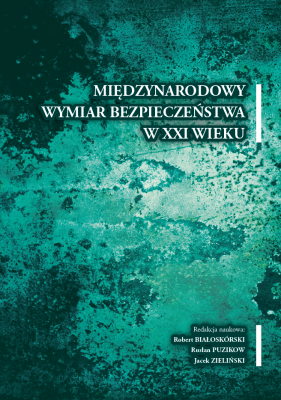Selected aspects of USA – USSR and NATO – Warsaw Pact relations during the cold war era in the context of military security model according to the theory of realism
Synopsis
The author presented the main elements of the relationship between the United States and the Soviet Union (NATO and the Warsaw Pact) in the Cold War in the context of the theoretical model of military security according to the theory of realism. Security as a timevarying state, characterized by the ability to meet social needs, combined with the survival and development of the subject in the conditions of the existence of real or suspected threats, awareness of this state and action aimed at achieving its desired level have been referred to the times conventionally named and lasting in the second half of the twentieth century – the Cold War. The methods used during the research were: analysis, synthesis, comparison, generalization, and deductive reasoning. It has been shown that the nature of activities undertaken by the US and the USSR has its source in the theory of realism and successfully fits into the general military security model along with its detailed modules: information and operational.
Downloads
Published
License

This work is licensed under a Creative Commons Attribution-NonCommercial 4.0 International License.





